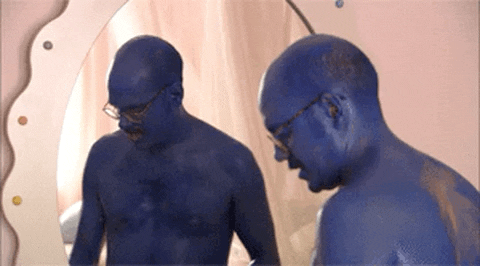#039 - An Introduction to Colour Grading Skin Tones

The truth is, skin tones are just one of a small handful of what I call “memory colors.”
Memory colors are colors that are, in the minds of your audience, inseparable from certain common objects or events.
For example, the sky is so associated with blue that you might feel that you see those two words together as often as you see them individually. The same goes for green and grass.
— Stu Maschwitz, Pro Lost
Our visual system (eyes+brain+memory) is so used to recognising certain objects with an associated colour, for example red brake lights on a car or blue water in the ocean, that when we see an image with that object in, we so we expect them to be the same colour as we remember, we can sometimes ignore their true tones or warp them in our minds to fit with our expectations.
Why does this matter?
Because maintaining or enhancing 'memory colours', despite dramatically different original images or a contrasting environment, can help to sell the look of the grade and make that 'world' appear normal.
So what's the problem?
It’s hard enough under the best of circumstances, but lighting, atmosphere, bounce light, flare, camera settings, and a hundred other factors can conspire to force objects to render on-screen in colors quite unlike their real-world hues.
— Stu Maschwitz
A lot of the time what you're starting with doesn't look anything like it should and that includes skin tones.
